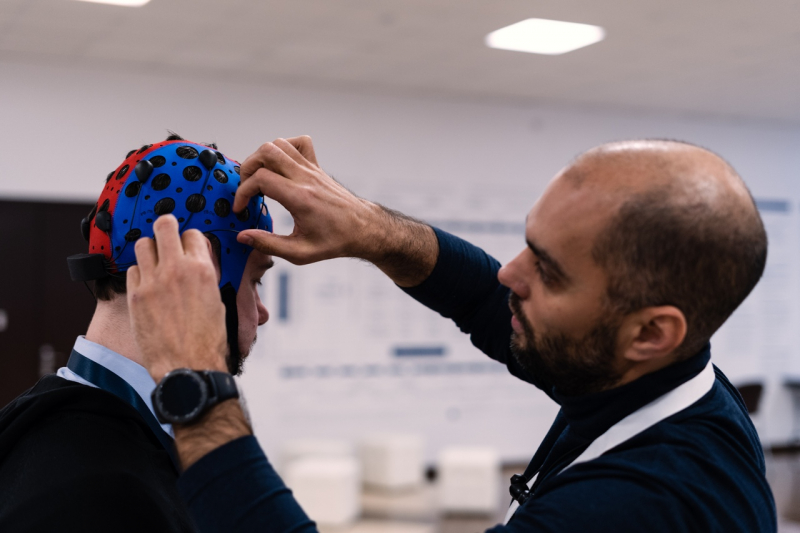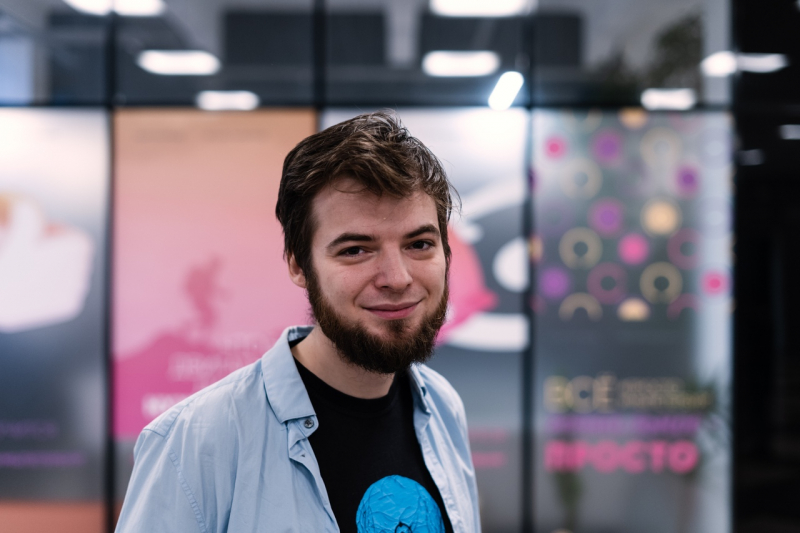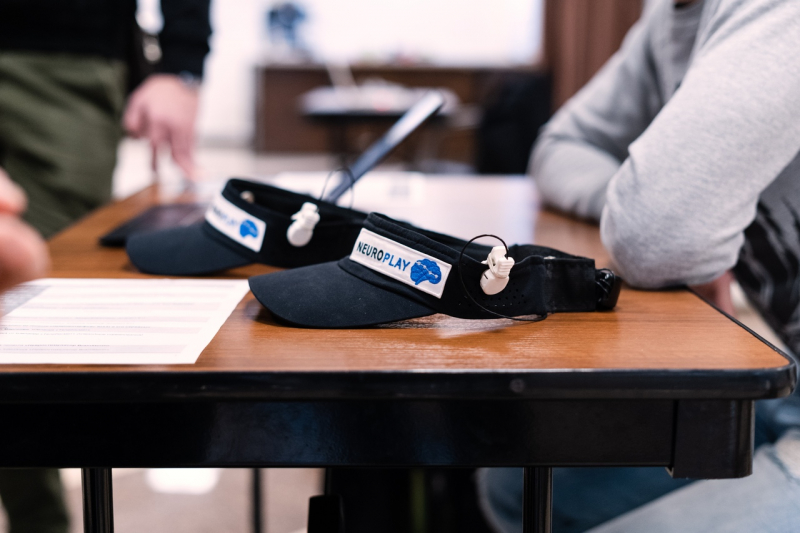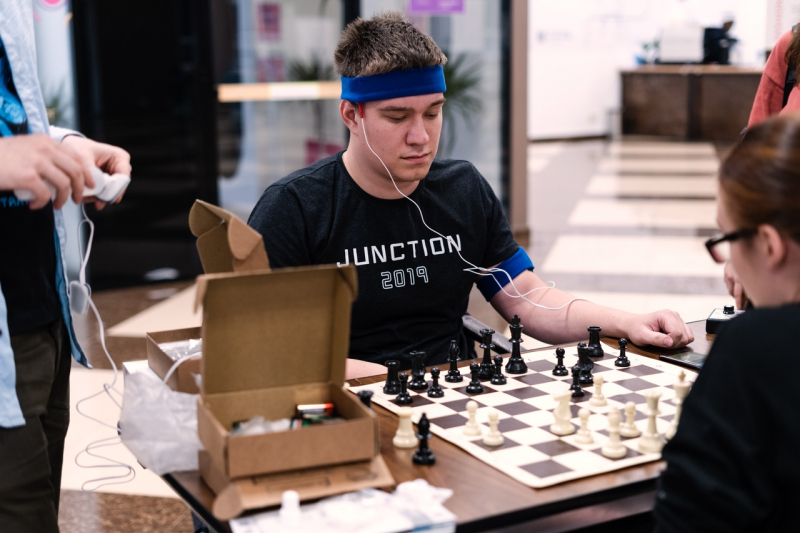Neurofestival was launched as an event for popularizing neurotechnology-based educational solutions, as well as a platform for the development of an associated community. The event was organized by ITMO and the “Tochka Kipeniya” (boiling point) public space. It was there that representatives of the field’s leading companies and students interested in this subject gathered.
Neurofestival offered an exposition of devices and interfaces, a lectorium, workshops, and competitions for its guests. The program was organized in such a way that everyone could learn more or get acquainted with new inventions in the field of neurotechnology, both in theory and in practice.
The students could also participate in a NeuroHackathon using equipment provided by the Robotech and Telebiomet companies, competitions in neuro levitation, robotic armwrestling, memory capture, a quest, and a NeuroChess tournament.

Neural interfaces: trends and devices
A neural interface is a technology that allows to process electrical signals from the cerebral cortex, amplify them and transfer to a computer, and then process and synchronize them with any controller or app, or use them to catalog brain conditions.
Timofei Glinin, a representative of the Neurostimulator Brainstorm company, answered questions that have to do with the application of neurostimulators in education and this technology’s affordability.
“A neurostimulator activates the areas of the brain that are responsible for memory, reaction, concentration, mathematical and linguistic abilities. This way, when doing sports or studying a foreign language while wearing the device you can easily increase your efficiency and the quality of your training,” explained Mr. Glinin.

The Brainstorm neurostimulator is based on the tDCS (transcranial direct current stimulation) technology. TDCS affects neurons by helping them transmit impulses. The company’s research showed that the regular use of tDCS is directly associated with the strengthening of contacts between neurons and therefore the enhancement of memory and education-related processes.
There is a similar invention in the USA which is more expensive and is used by professional sportspeople only. In Russia, almost anyone can afford BrainStorm. Its market price is 6,500 rubles (about $100), and a detailed manual makes it possible to use the device on one’s own. Still, the experts stress that only regular training with the device guarantees enhancement of brain activity: if you’ve trained for some time and then stopped, all the results of your efforts will soon fade away.
Another invention presented at the festival was the NeuroPlay headset. The invention can be used for educating children, for enhancing the work of adults, for neural yoga, games and medical research. NeuroPlay is based on electroencephalography data; what’s more, it makes use of the Cortex software. This software processes and saves data in the EDF+ (European Data Format) format which was designed for exchanging and storing multichannel biological and physical signals.

A representative of the Telebiomet company spoke of a device that scans the brain cortex. Such information gives an opportunity to assess the levels of oxygen and hemoglobin in cerebral vessels as well as their dynamic properties and circulatory dynamics. This data carries information about a person’s psychophysiological condition and the various states of consciousness. Apart from medical purposes, the interface can also be applied in recruitment. It gives the opportunity to control brain reactions that can be used to assess a potential employee’s motivation and aptitude.





